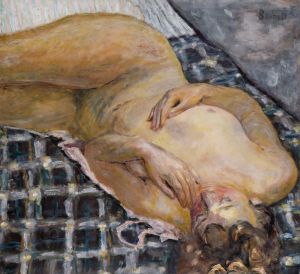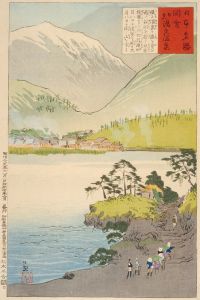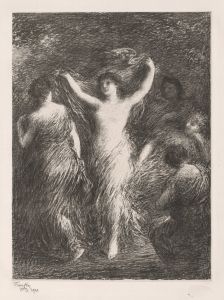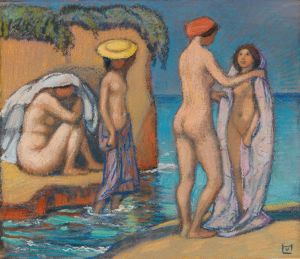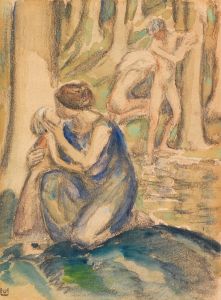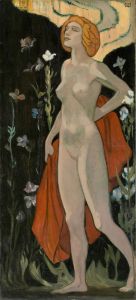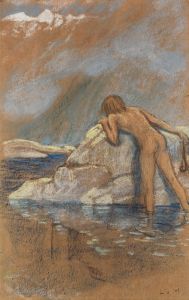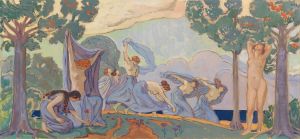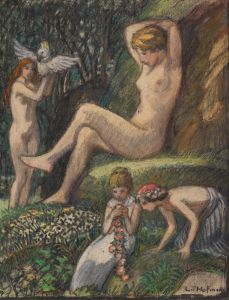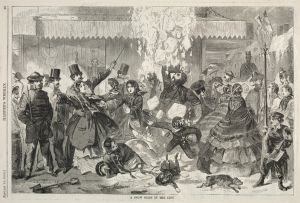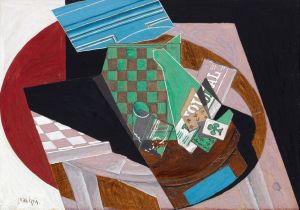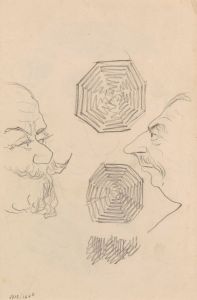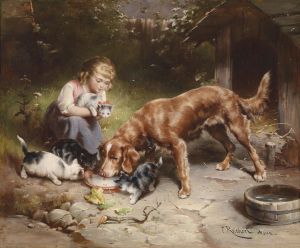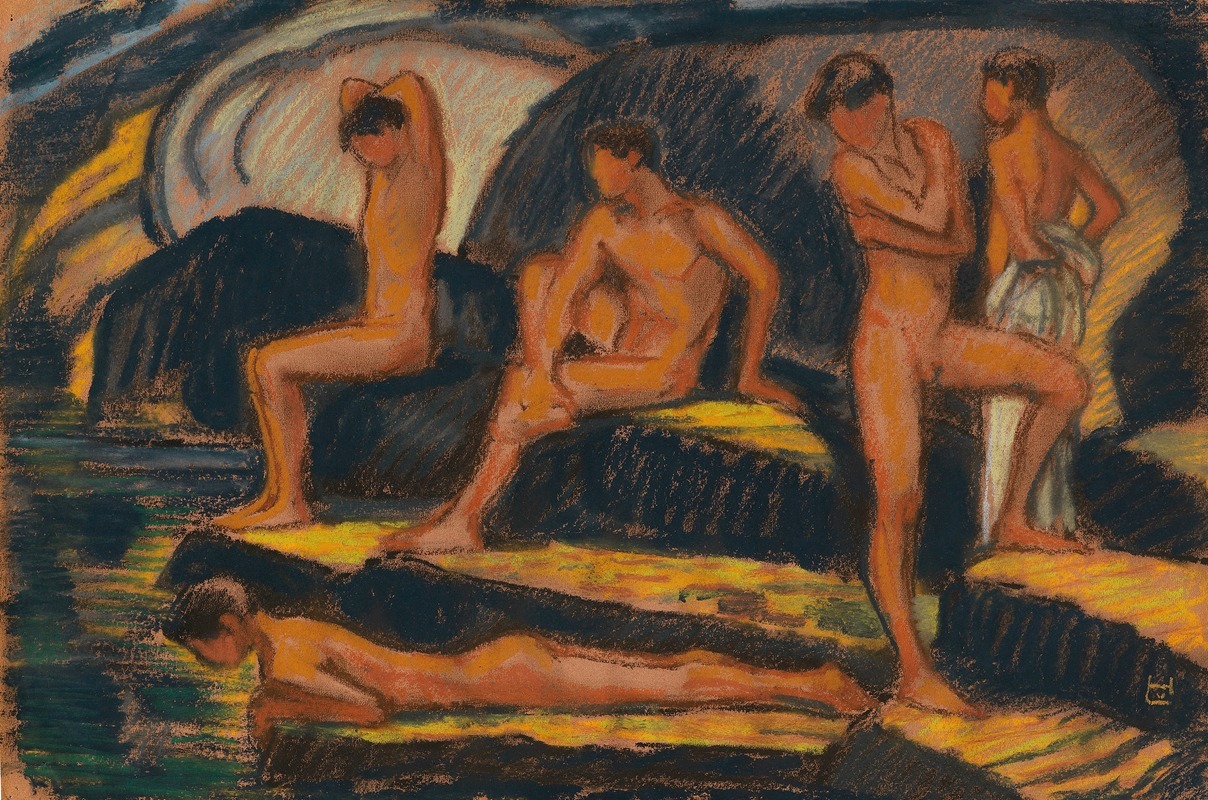
Badende Jungen
A hand-painted replica of Ludwig von Hofmann’s masterpiece Badende Jungen, meticulously crafted by professional artists to capture the true essence of the original. Each piece is created with museum-quality canvas and rare mineral pigments, carefully painted by experienced artists with delicate brushstrokes and rich, layered colors to perfectly recreate the texture of the original artwork. Unlike machine-printed reproductions, this hand-painted version brings the painting to life, infused with the artist’s emotions and skill in every stroke. Whether for personal collection or home decoration, it instantly elevates the artistic atmosphere of any space.
Ludwig von Hofmann was a prominent German painter and graphic artist associated with the Art Nouveau and Symbolist movements. His work often explored themes of youth, beauty, and nature, characterized by a harmonious blend of figures and landscapes. One of his notable works is "Badende Jungen" (translated as "Bathing Boys"), which exemplifies his artistic style and thematic interests.
"Badende Jungen" is a painting that captures a group of young boys bathing in a natural setting. The artwork reflects Hofmann's fascination with the idyllic and the pastoral, a common theme in his oeuvre. The painting is celebrated for its vibrant depiction of youth and the carefree spirit of childhood, set against a serene and lush landscape. Hofmann's use of color and form in this piece is indicative of his Symbolist leanings, where the emphasis is placed on evoking mood and emotion rather than strict realism.
The composition of "Badende Jungen" is carefully arranged to draw the viewer's eye across the canvas, highlighting the interaction between the figures and their environment. The boys are depicted in various poses, some engaged in playful activities while others are more contemplative, suggesting a narrative of innocence and the simple joys of life. The natural setting, possibly a riverbank or lakeside, is rendered with a keen attention to detail, showcasing Hofmann's skill in integrating figures with their surroundings.
Hofmann's work, including "Badende Jungen," often reflects the influence of classical antiquity, which he admired for its celebration of the human form and its harmonious relationship with nature. This classical inspiration is evident in the idealized portrayal of the boys and the balanced composition of the scene. The painting also aligns with the broader Art Nouveau movement, characterized by its emphasis on natural forms, flowing lines, and a sense of movement.
"Badende Jungen" is part of Hofmann's broader exploration of themes related to youth and nature, which he revisited throughout his career. His works were well-received during his lifetime, and he held several prominent teaching positions, including a professorship at the Weimar Saxon-Grand Ducal Art School. Hofmann's influence extended beyond his paintings, as he played a significant role in the development of modern art in Germany during the late 19th and early 20th centuries.
The painting is a testament to Hofmann's ability to capture the essence of his subjects with both technical skill and emotional depth. It remains an important example of his contribution to the Symbolist and Art Nouveau movements, reflecting the cultural and artistic currents of his time. "Badende Jungen" continues to be appreciated for its aesthetic qualities and its representation of the timeless themes of youth and nature.





